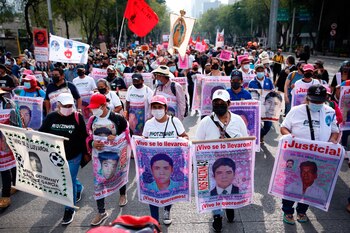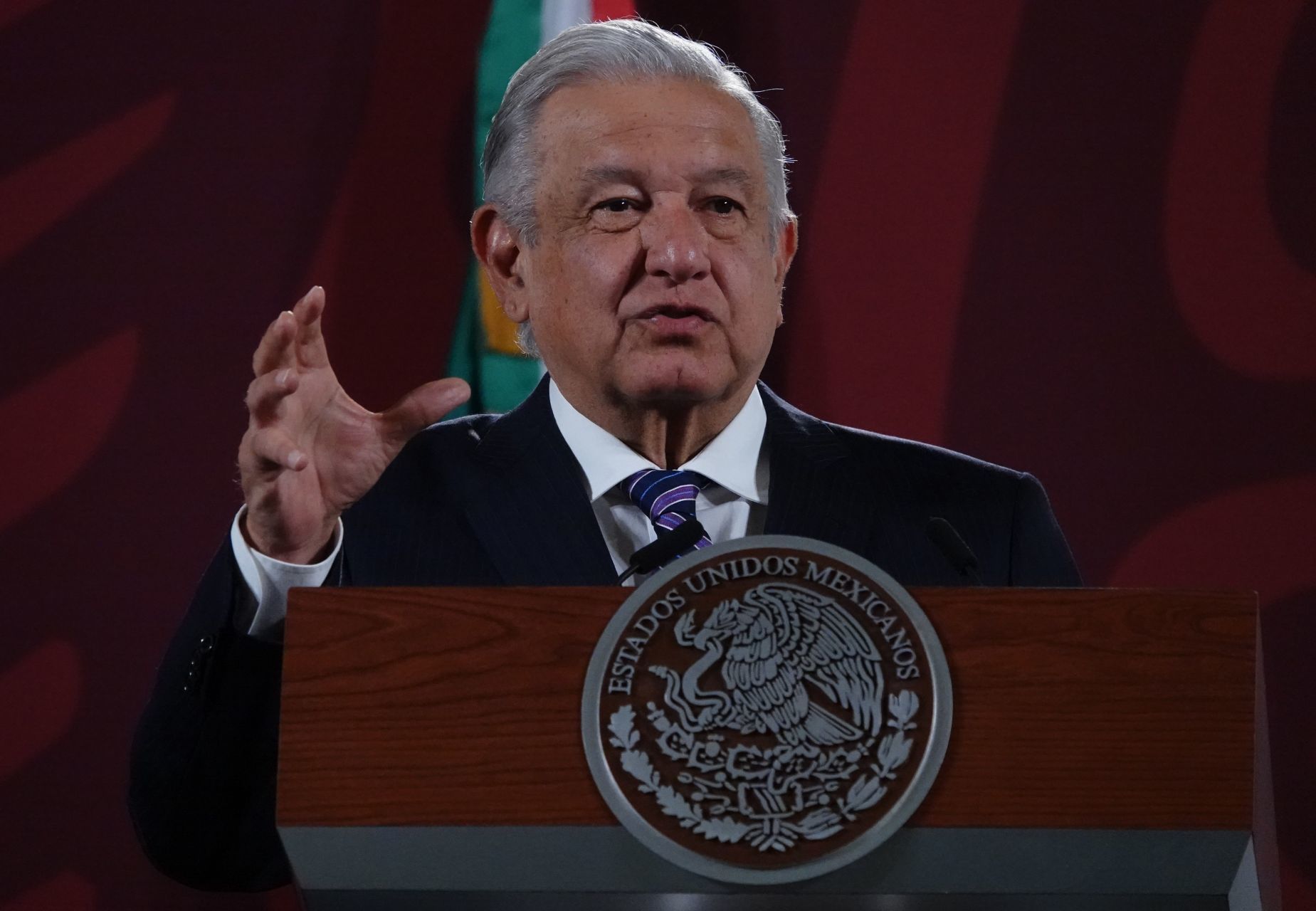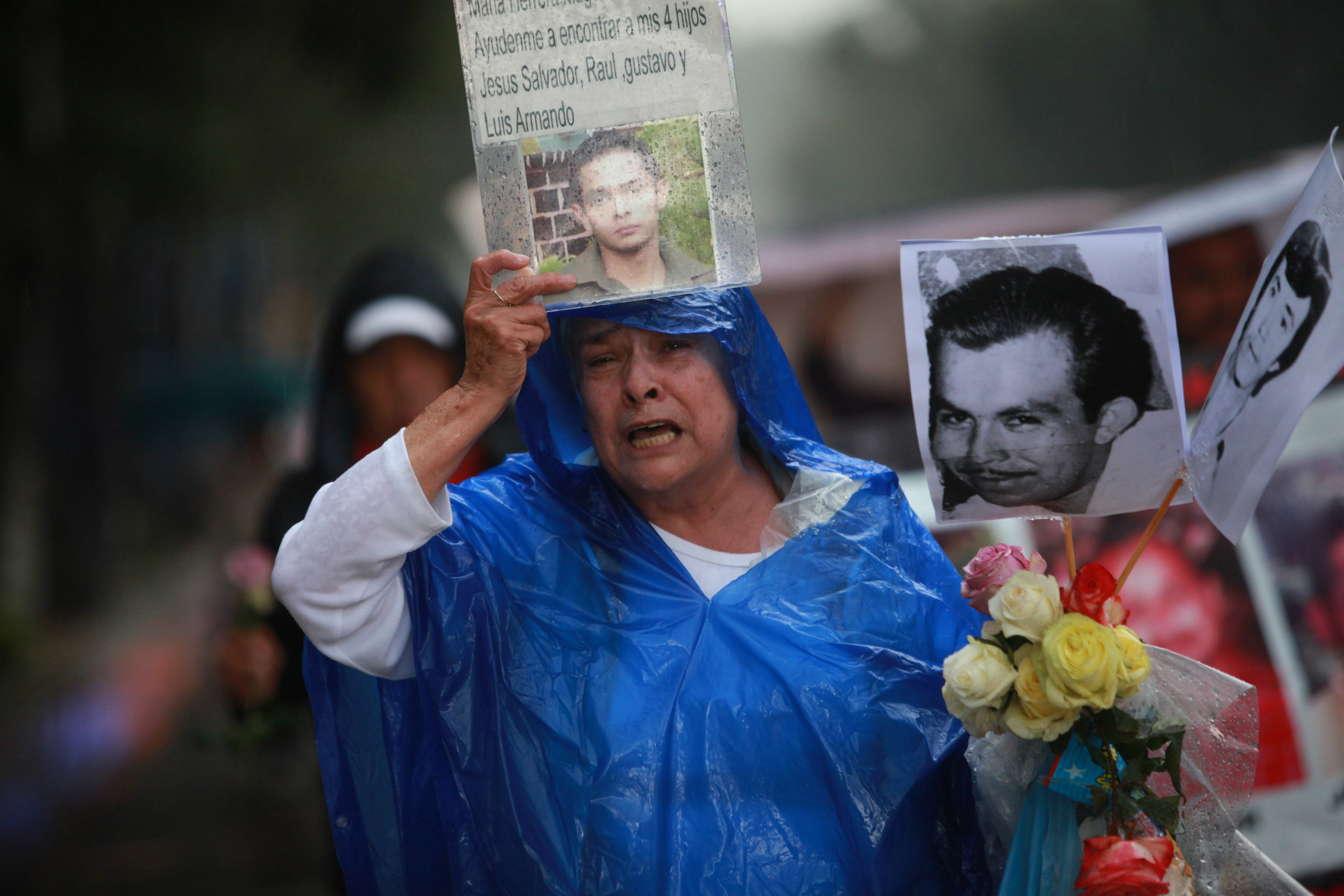
During the morning conference on Friday, April 1, President Andrés Manuel López Obrador referred to the proposal he sent to the plenary of the Chamber of Deputies in which he plans to create the National Center for Human Identification with the aim of helping the authorities to search, and if necessary identify, to missing persons.
As a measure to mitigate and improve the search for people, the president sent the legislators of the San Lazaro precinct a letter in which he explained the reasons for the formation of this new organization. One of the main ones is to give and seek every citizen the right to be sought.
“That initiative was sent to Congress to create these Missing Persons Identification Centers with all the technology and scientific advancement. It is something that will help a lot in the search for missing persons. It is an initiative prepared by the Undersecretary of the Interior, the area that works every day on the subject”, commented from the National Palace.

The president's letter reads: “According to the Inter-American Court of Human Rights, the right to the truth is subsumed in the right of the victim or his family members to obtain from the competent organs of the State the clarification of the acts of violation and the corresponding responsibilities, through the investigation and prosecution”. This as an argument for the goal of creating the Centre.
The United Nations Committee on Enforced Disappearance (CED) visited Mexico in late 2021 to assess the situation. In its subsequent report, the agency expressed its concern about the reality in the country where the authorities recognize 95,000 missing persons and 52,000 unrecognized deaths.
Just during the eleven days that CED toured Mexican territory, more than a hundred people disappeared. The members of the delegation highlighted the willingness of governments to visit them and the measures that have been implemented in recent years with the aim of mitigating the social phenomenon. However, it urgently urged them to take more effective and swift action.

“This is our first visit to a country under article 33 of the International Convention for the Protection of All Persons from Enforced Disappearance. The Committee emphasizes the importance of Mexico's acceptance of this visit, which is a clear expression of the State's openness to international scrutiny and support.
“We recognize that some legal and institutional progress has been made in recent years; however, enforced disappearances remain widespread and impunity is almost absolute,” the CED said in its report.
According to Karla Quintana Osuna, National Commissioner for the Search for Disappeared Persons, Mexico accounts for 80% of cases of unrecognized deaths in just 10 entities: Baja California, Mexico City, State of Mexico, Jalisco, Chihuahua, Tamaulipas, Nuevo León, Veracruz, Sinaloa and Sonora.
KEEP READING:
Últimas Noticias
Debanhi Escobar: they secured the motel where she was found lifeless in a cistern
Members of the Specialized Prosecutor's Office in Nuevo León secured the Nueva Castilla Motel as part of the investigations into the case

The oldest person in the world died at the age of 119
Kane Tanaka lived in Japan. She was born six months earlier than George Orwell, the same year that the Wright brothers first flew, and Marie Curie became the first woman to win a Nobel Prize

Macabre find in CDMX: they left a body bagged and tied in a taxi
The body was left in the back seats of the car. It was covered with black bags and tied with industrial tape
The eagles of America will face Manchester City in a duel of legends. Here are the details
The top Mexican football champion will play a match with Pep Guardiola's squad in the Lone Star Cup

Why is it good to bring dogs out to know the world when they are puppies
A so-called protection against the spread of diseases threatens the integral development of dogs




